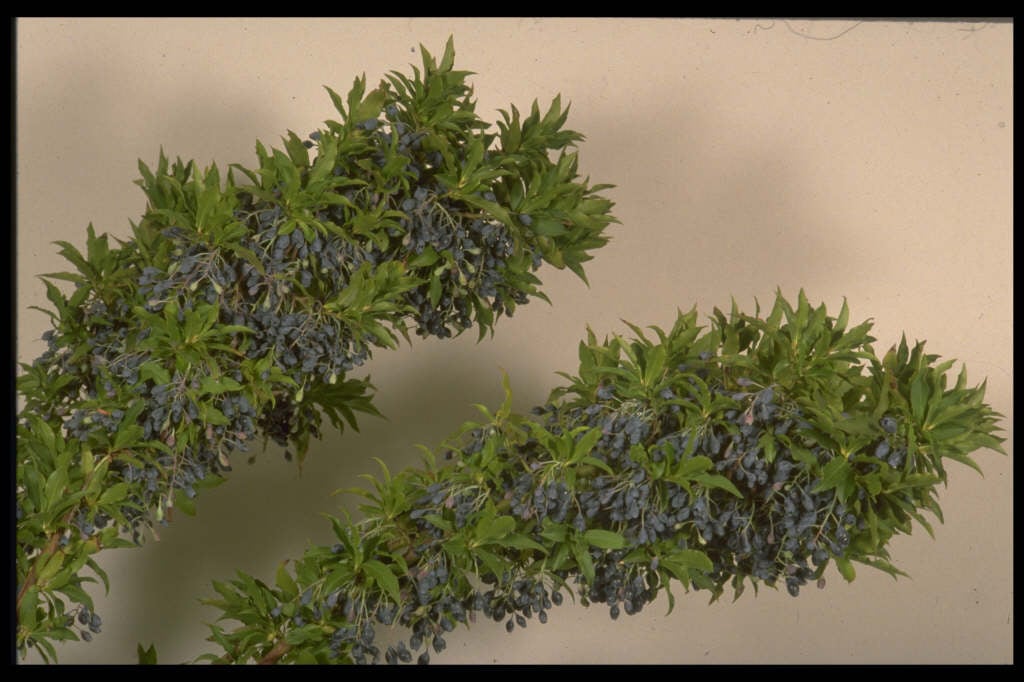Vaccinium cylindraceum
Azores blueberry
a graceful, erect, medium-sized semi-evergreen shrub with bright green lance-shaped leaves. Cylindrical, pink-tinged, pale yellow flowers 2cm in length are borne in short racemes, followed by oval blue-black berries

Buy this plant
Size
Ultimate height
1.5–2.5 metresTime to ultimate height
10–20 yearsUltimate spread
1.5–2.5 metresGrowing conditions
Moisture
Moist but well–drainedpH
AcidColour & scent
| Stem | Flower | Foliage | Fruit | |
| Spring | Green | |||
|---|---|---|---|---|
| Summer | Pink Yellow | Green | ||
| Autumn | Pink Yellow | Green | Black Blue | |
| Winter | Green |
Position
- Full sun
- Partial shade
Aspect
East–facing
Exposure
Sheltered Hardiness
H4Botanical details
- Family
- Ericaceae
- Native to GB / Ireland
- No
- Foliage
- Semi evergreen
- Habit
- Bushy
- Genus
Vaccinium can be evergreen or deciduous shrubs or small trees, with simple leaves and small, bell- or urn-shaped flowers followed by juicy, sometimes edible berries
- Name status
Correct
- Plant range
- Azores
How to grow
Cultivation
Grow in acid, naturally peaty or sandy, moist but well-drained soil in full sun or partial shade. Particularily suited to woodland gardens
Propagation
Propagate by seed or semi-hardwood cuttings
Suggested planting locations and garden types
- Cottage and informal garden
- Low Maintenance
- Flower borders and beds
Pruning
Pests
Generally pest-free
Diseases
May be susceptible to honey fungus (rarely), powdery mildews, root rot and chlorosis due to iron and manganese deficiency; see nutrient deficiencies
Get involved
The Royal Horticultural Society is the UK’s leading gardening charity. We aim to enrich everyone’s life through plants, and make the UK a greener and more beautiful place.